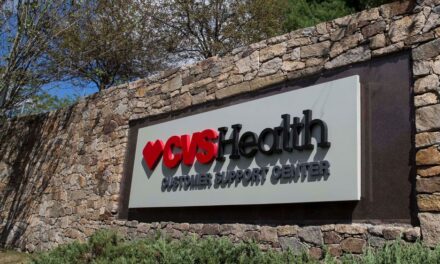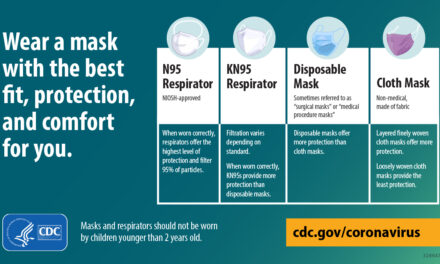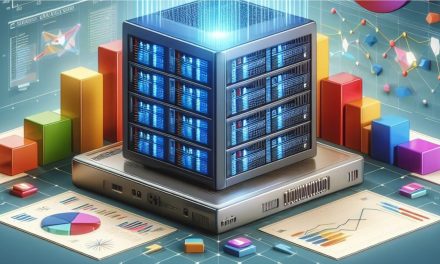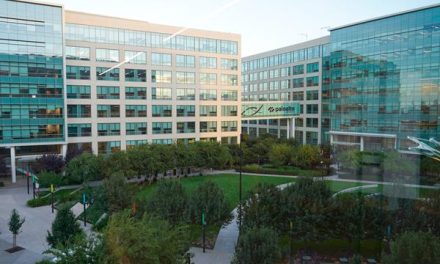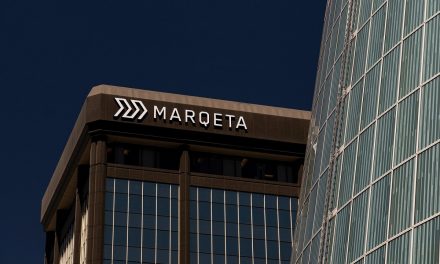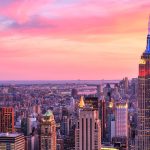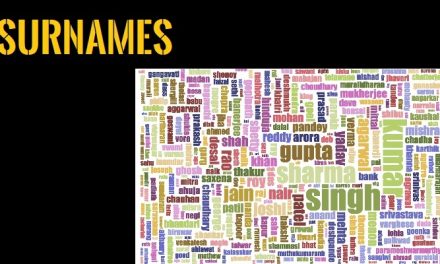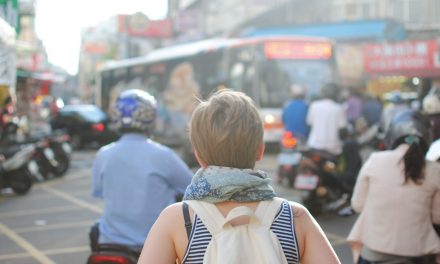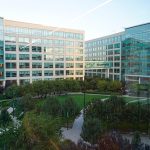Migration to metros: Looking beyond mega cities

Migration to NCR/Mumbai/metros: Looking beyond mega cities and counter-magnet areas (CMAs)
About 160,000 (1.6 lakhs) migrants who make their way to Delhi every year, some 100 districts contribute to about 75% of the total migration to Delhi and NCR.
Why?
Lack of Educational (primary/secondary and higher) and healthcare infrastructure in these districts are the some of the primary reasons for family migration.
Some of the developed constituencies, if the MP has become a minister in the Central Government, has got all the infrastructure.
For example, district Gorakhpur, in Purvanchal, has got Medical and Engineering colleges as well as a University whereas adjacent (surrounding) constituencies like Azamgarh, Bahraich, Balia, Barabanki, Basti, Deoria, Gonda, Mahrajganj, Mau, Naugarh, Padrauna, Parenda, Sahjanwa, Sant Kabir Nagar, Shravasti etc have next to none (interestingly, these places have many Law colleges. But, most of the schools and colleges do not offer any commerce courses (accounting/commerce/economics)).
The population of each of these constituencies will be more than a million!
What can be done
The Central and state governments should build a medical/engineering/MBA/Hotel management Institute (each district hospital can be expanded to be a medical college. Rs. 100 Crores each for 100 districts = Rs. 10,000 Crores which is little more than just $2 billion or 0.2% of current GDP. In Public Private Partnership (PPP), it should not be very difficult for India) and a university (some of the existing higher education institutes can be mandated to expand to be a university in a stipulated timeframe) in each parliamentary constituency of these 100 districts.
(data will validate that these 100 districts do not have the above listed facilities)
Investment for these infrastructural facilities, will be substantially less in these constituencies, compared to NCR/Mumbai/Metros.
Economics
The NCR/Mumbai/Metro Governments can mobilize investments or invest in these 100 districts to mitigate the burden on NCR’s infrastructure due to massive migration.
Suitable education and healthcare infra in the ecosystem of these constituencies will facilitate sustainability of diverse economic activities/industrialization.
Reusability of available resources
During the evenings, reuse the existing infrastructure/facilities in these constituencies for furthering the skills of the people.
Engage volunteers with incentives for mentoring and imparting education during weekends and holidays.
wow!

